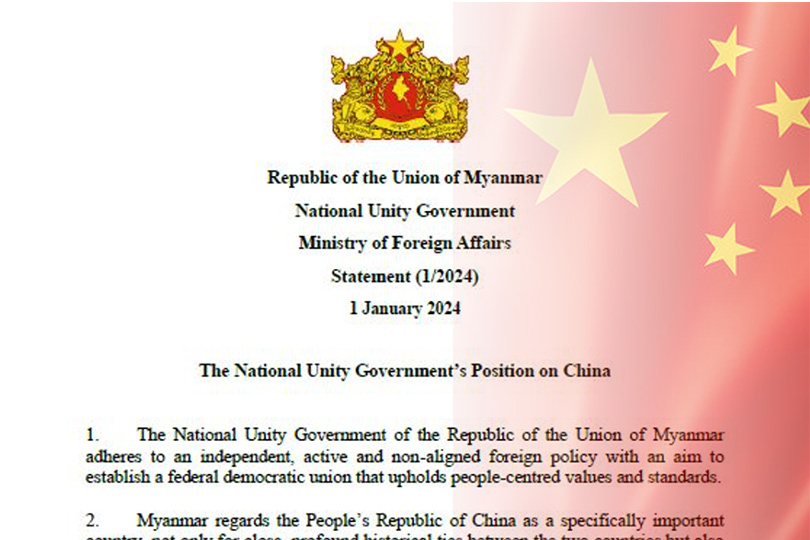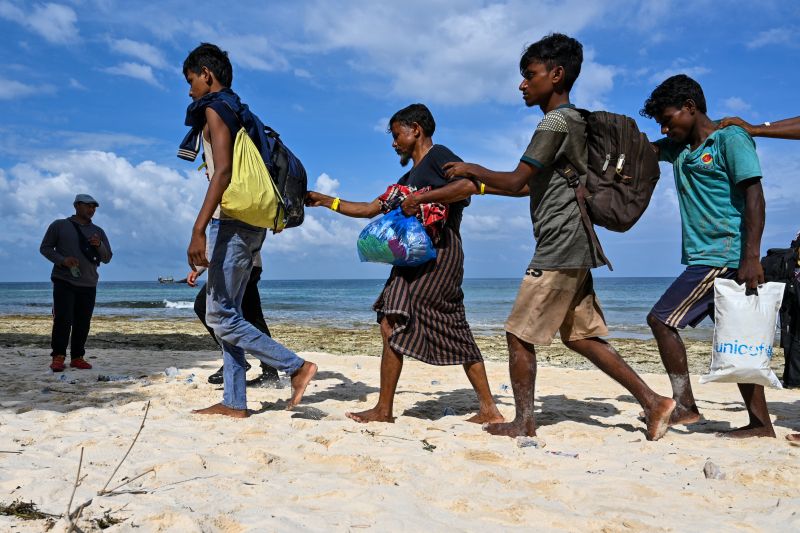Mizzima Editorial
Nobody envies the current predicament of Myanmar junta leader Min Aung Hlaing.
Military positions are falling and soldiers are deserting. Generals within the ranks are grumbling. Even some of his supporters are upset at his performance and speaking out.
If that wasn’t bad enough, the potential horror of a public-relations nightmare of Myanmar’s democracy icon Aung San Suu Kyi possibly dying of heatstroke in a non-airconditioned “prison box” has prompted a scramble to rehouse her and the former president Win Myint, possibly in cooler and more salubrious living quarters, though their whereabouts have not been confirmed.
There is the tut-tutting of the dragon to the north. It has not gone without notice that China’s ambassador to Myanmar, Chen Hai, recently met with former military regime strongman Than Shwe in Naypyidaw and members of the current junta with, no doubt, messages to “cool it” and seek solutions to the worsening Myanmar crisis that is threatening Chinese investments, infrastructure, trade and friendly relations. China is no fan of democracy but is certainly pragmatic.
Min Aung Hlaing hangs out in his ivory tower in Naypyidaw, a city purportedly built with astrologers’ advice to protect the “men in green” from foreign invaders but in reality to protect them from their own irate people – Bamar and ethnic – living in the Golden Land.
It is impossible to know what Min Aung Hlaing is thinking but it may be dawning on him that he made a grave mistake in the early hours of 1 February 2021 when he pulled the rug from under the duly-elected civilian government of Aung San Suu Kyi and her National League for Democracy (NLD) party and incarcerated its leaders. Now rumours are swirling that the junta may release some jailed members of the NLD, a party removed from registration ahead of what Min Aung Hlaing claims will be a “free and fair” – though “limited” – election in the not-too-distant future.
Min Aung Hlaing – by ripping the reins from Suu Kyi’s hands – misjudged the Myanmar people, particularly Generation Z, who had got used to expanding freedoms brought in under the Thein Sein regime, and picked up by the democrats in the NLD, in the wake of the 2015 election.
There is little doubt that he expected protests and then eventually a return to teeth-grinding normality as happened during previous challenges to military regime rule – particularly in 1988 and the early 1990s, and in the wake of the 2007 Safron Revolution. But Generation Z hit back under the banner of the Spring Revolution.
Now, one by one, the military junta’s pawns are being removed from the chessboard, army positions falling, military colleagues growing doubtful, the failures adding up, leaving the power-hungry general with shrinking options, and an opposition of Spring Revolutionaries growing increasingly bold, knocking at the gates.
But Min Aung Hlaing is wily. He will no doubt be hoping that he can play a game in which when “peace” is sought by Myanmar players and the international community, he and his generals will be at the negotiating table, with a clear intent to include his military in a future federal Myanmar.
But such a stance is anathema to the Spring Revolutionaries who are seeking to tear down revered General Aung San’s hard-won creation and build a new “federal union” with the military slate swept clean.





